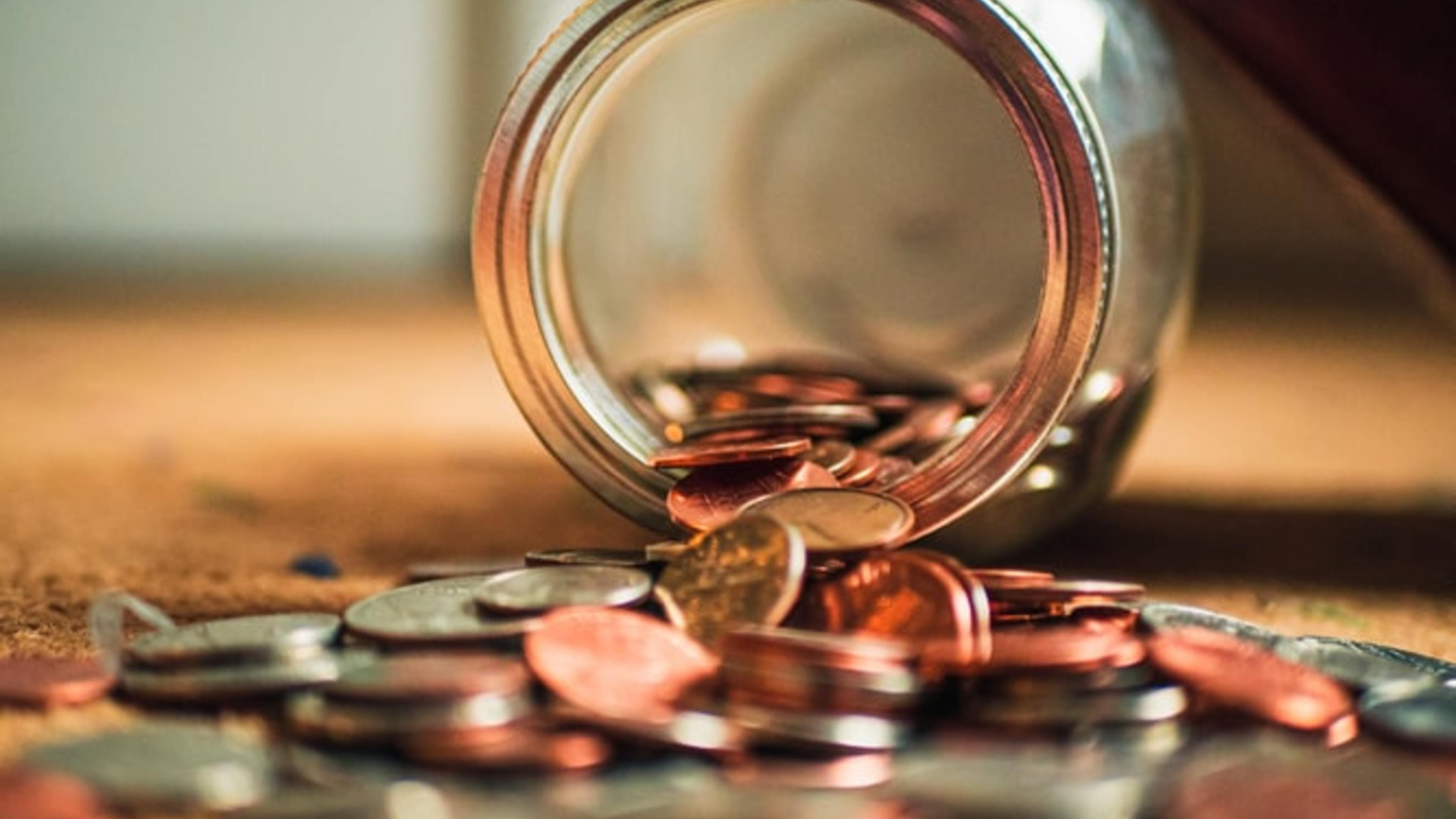Banking in Panama Peg
One of the key considerations in my decision-making about moving to my new expat home was banking in Panama. The Panamanian currency, the balboa, is pegged 1:1 to the US dollar. From government institutions to paying in store, whether in cash or plastic, it’s the USD.
Even though the balboa is the official currency, denoted B./ 100.00 for example, it’s USD 100. US notes and coins are accepted. There are balboa coins, often beautifully minted with colorful themes in my wallet, which also contain a mix of US quarters, dimes, nickels and cents. All balboa coin equivalents have the same size as their USD counterparts and can easily be interchanged in cash transactions and vending machines.
This makes life for the US expat easier. There are no balboa notes in circulation. We use US dollar notes.
Banking in Panama as an Expat: Opening an Account
Once I had my immigration card, I went to the local bank to open my bank account. I had $4000 in cash, my passport, a reference letter from a bank in the UK, apostilled tax documentation and proof of income, and my passport in hand, the teller at Banistmo still refused to open an account for me.

You see, there is no financial authority regulation that governs that process. Each bank does its own thing, and the requirements may change many times over the course of a year.
They do one thing thoroughly, and that’s the KYC (Know Your Client) diligence. My immigration lawyer came with me to the bank and summoned a bank executive (whom he happened to know personally). He scanned my papers, asked me a couple of questions, and okayed it. An hour later, I had a Panamanian bank account and a debit card.
US citizens are not that welcome to open an account because of the US Treasury financial reporting requirements such as Facta.
Banistmo is one bank that makes it easier than other institutions. Ask our in-country Alliance team members to help with your expat planning for free.
Banking in Panama: The Differences From the US and Europe
Panama has two basic accounts: a checking account, and a savings account. They differ from those in the US and Europe.
The savings account delivers all the functions of a checking/current account with a debit card and online access, minus the checkbook, but plus interest payments. However, I am paying $10 annually for money transfers to other banks, $25 for the debit card annually, and $30 per year for card insurance.
The checking account does all the things above, plus a checkbook, but minus interest payments. They’re used primarily for company banking in Panama.
Banking in Panama: The Difficulties for an Expat

It is absolutely possible to transfer money internationally to Panama.
For example, many expats have their Social Security checks deposited into their Panama bank account.
It’s advisable for US citizens to maintain an account with Citibank in the US for example, and open an account with them in Panama, which lowers international transfer costs.
Withdrawing money from an ATM costs USD 5.25 and is limited to USD 250 per day.
Paying in the supermarket doesn’t incur a local charge, but the issuing international bank may charge a fee.
Banking in Panama: Moving Money from Paypal
This has only been possible recently, when my Panama bank, Banistmo (it’s actually a Colombian Institution), introduced an app called Nequi. Open a Panama Paypal account, link Nequi to it, and you can withdraw Paypal cash from an ATM, or transfer it to any Panamanian bank account. To transfer an amount to Nequi costs 5% but never more than USD 10. Transfer from Nequi into my account at Banistmo is free but costs a one-time fee of $10.00 annually for other banks. You can even pay with Nequi in restaurants and retail shops, car insurance, and donations. It’s easy to get the app: all you need is a Panama ID and a Panama phone number.
When deciding on a bank in Panama, ask if they allow Paypal transfer. Other banks may use different apps. It’s especially useful for the digital nomads among us who receive payments from outside Panama.
Banking in Panama: European Fintech Banks (Online Only Banks)
Oh, do I wish I had this here. One multiple currency account, like Wise (formerly TransferWise), N26, or Revolut, make international transfers and currency conversions cheap and easy. Unfortunately, as of now, Panama doesn’t allow for these just yet. Check out Marjorie Vera’s article Useful Banking Apps & Tips in Spain if you are headed in that direction or want to travel in Europe.
Of ATMs
Always withdraw money from your bank’s ATM; other banks charge between USD $1.25 and $4.50 for withdrawals. Another consideration is the availability of such ATMs in your host town. Multibank, for example, is not anywhere near Coronado. Therefore, maintaining an account with Multibank if you move to Coronado can become costly in the long run.
Panama is Still Largely a Cash Society, but…
When first arrived in Panama, I had to go physically to a cash payment point to pay my utility bills. Three years ago, it was difficult to settle accounts electronically. Things have changed since. I can pay all of my utilities online, or directly at the ATM, even with Nequi. But the fruit and veggie truck that passes by my house daily still only takes cash – dollars or balboas are welcome.
There is much more to say and to know – too much to fit in one blog. The best way to find out about banking for your expat planning is to chat with one of our in-country Expat Alliance members, or just leave a comment below. We’re happy to help.
Additional Resource: Banks in Panama
by: LP Wirth


